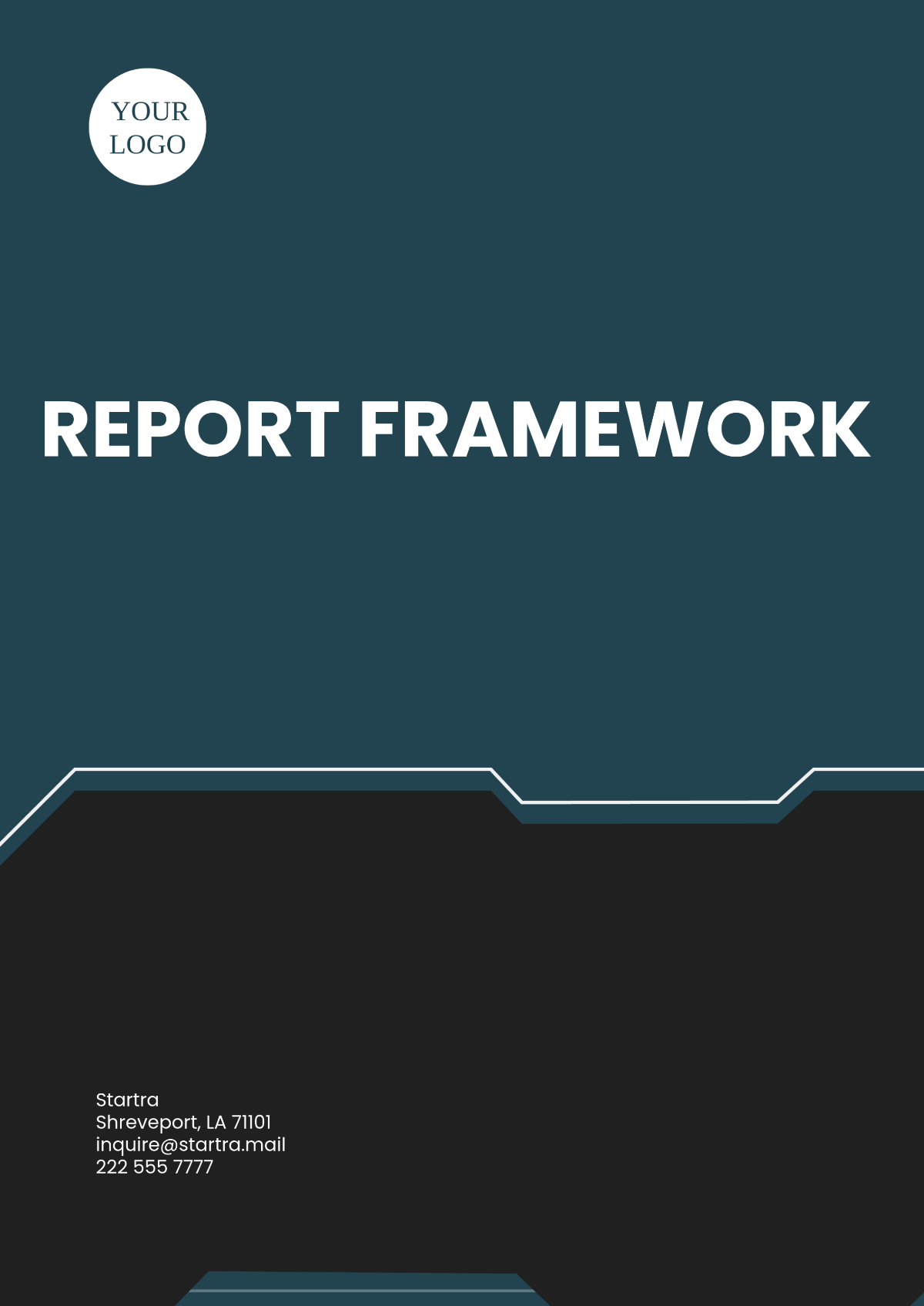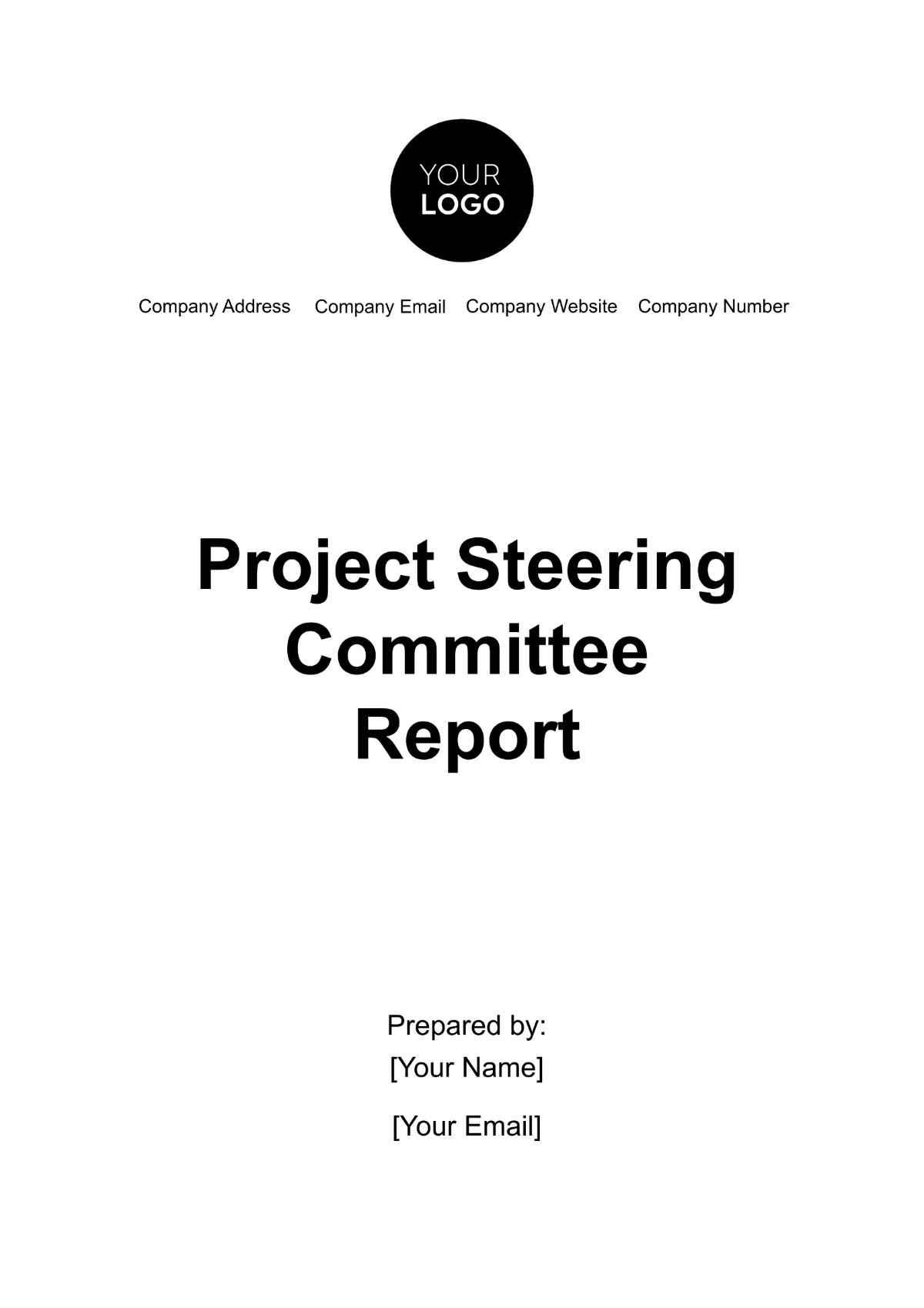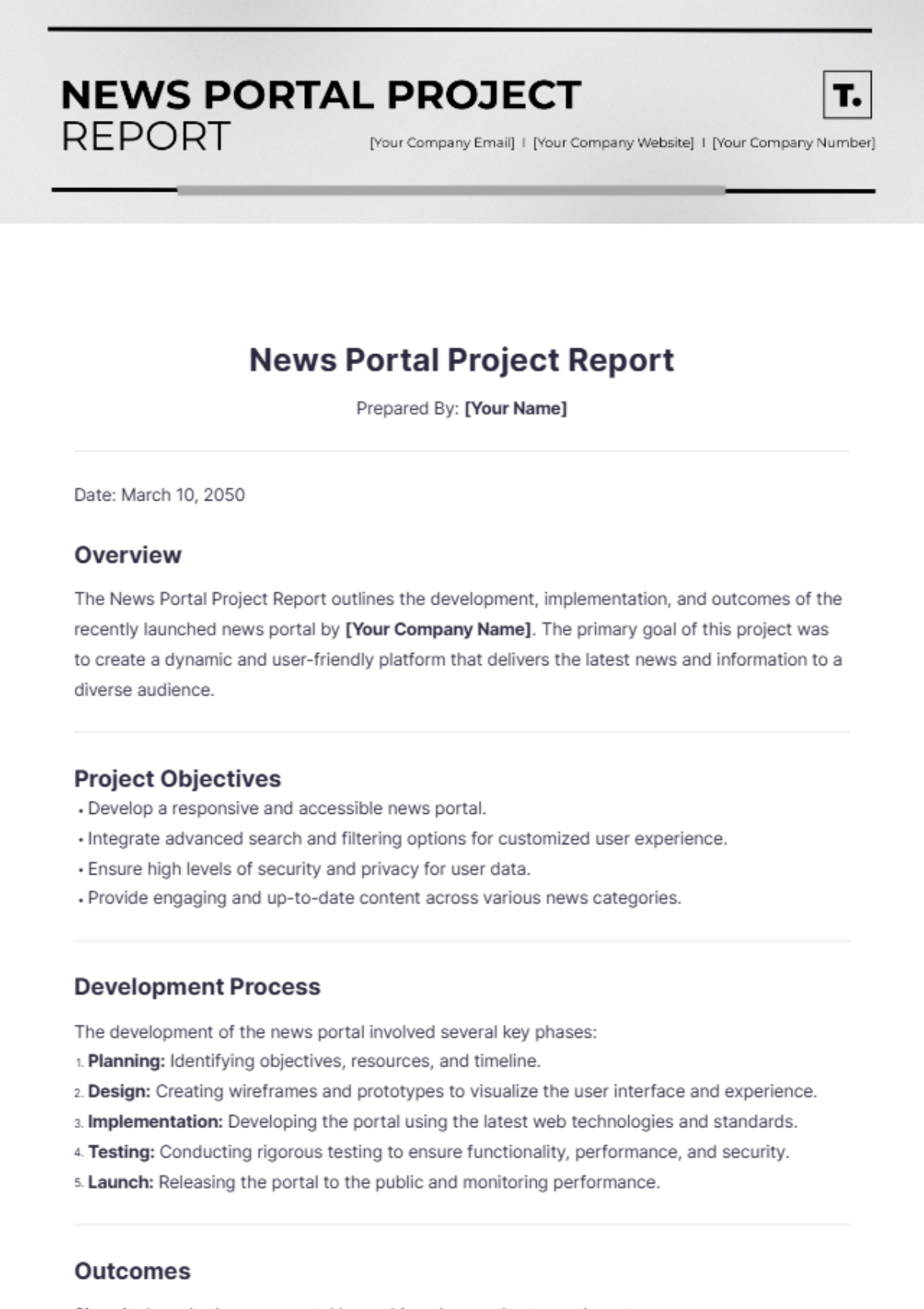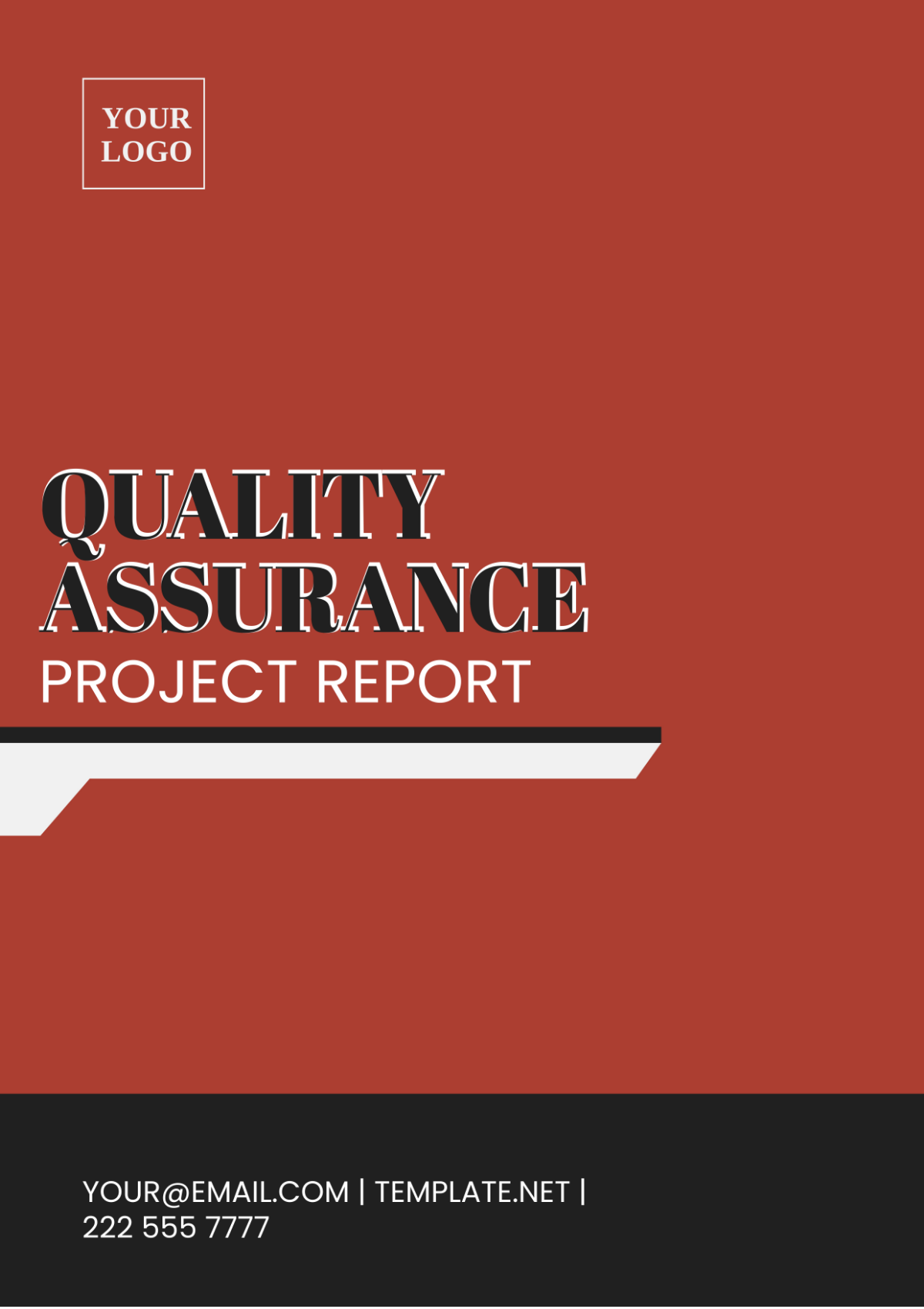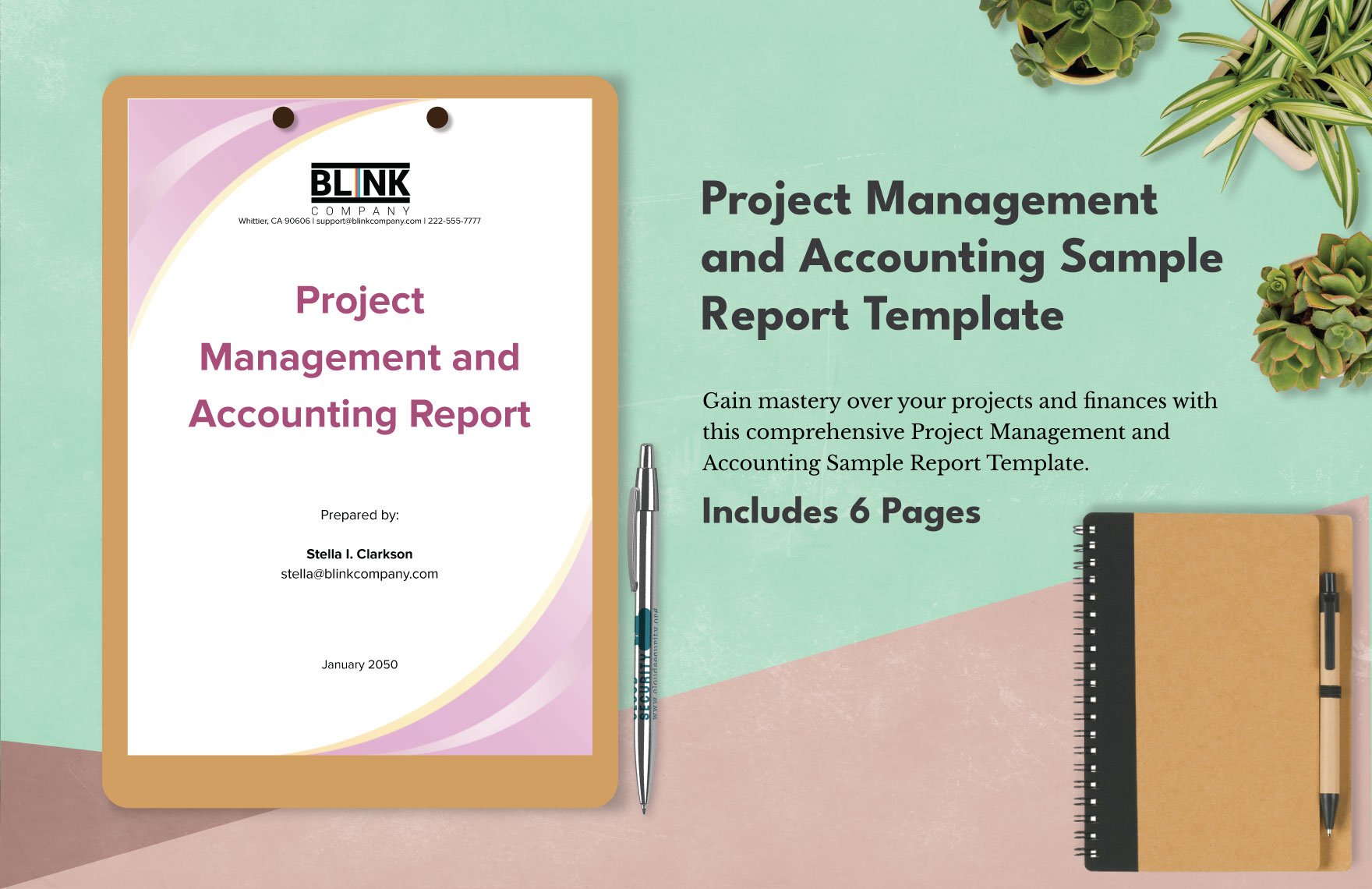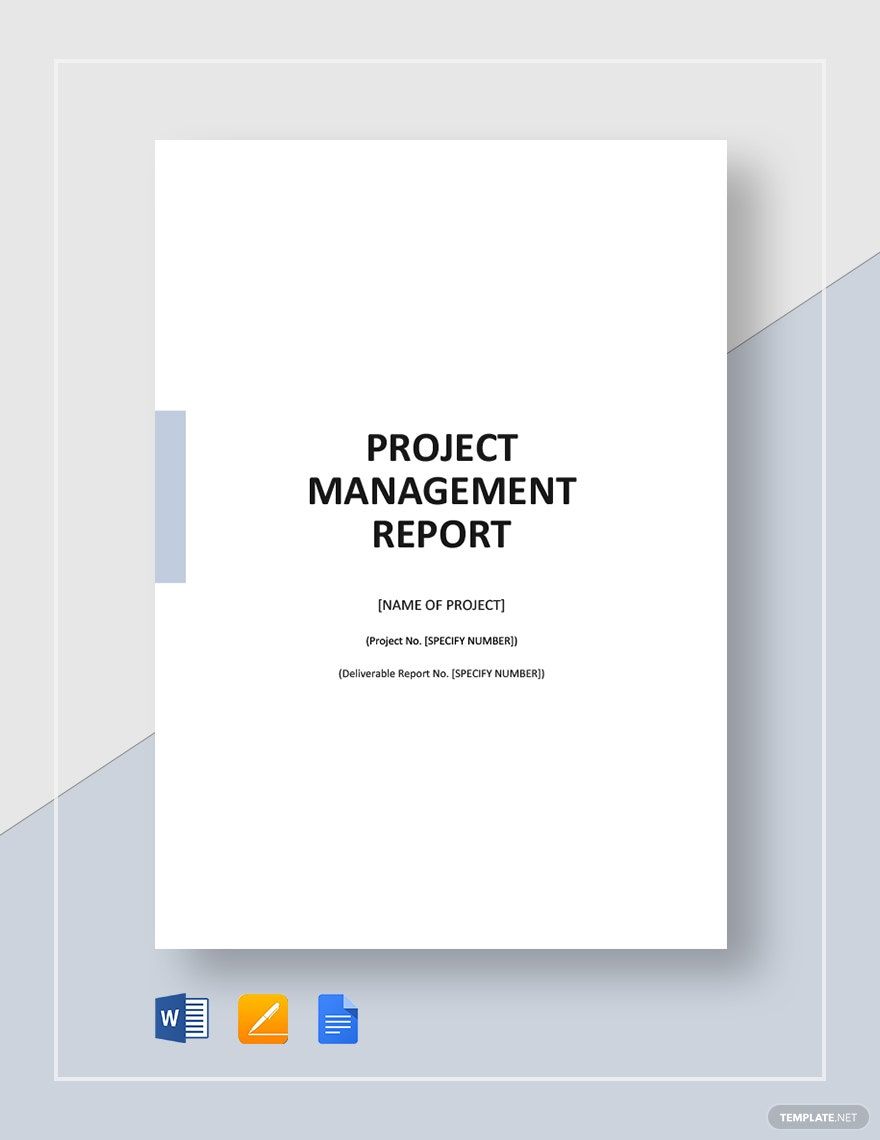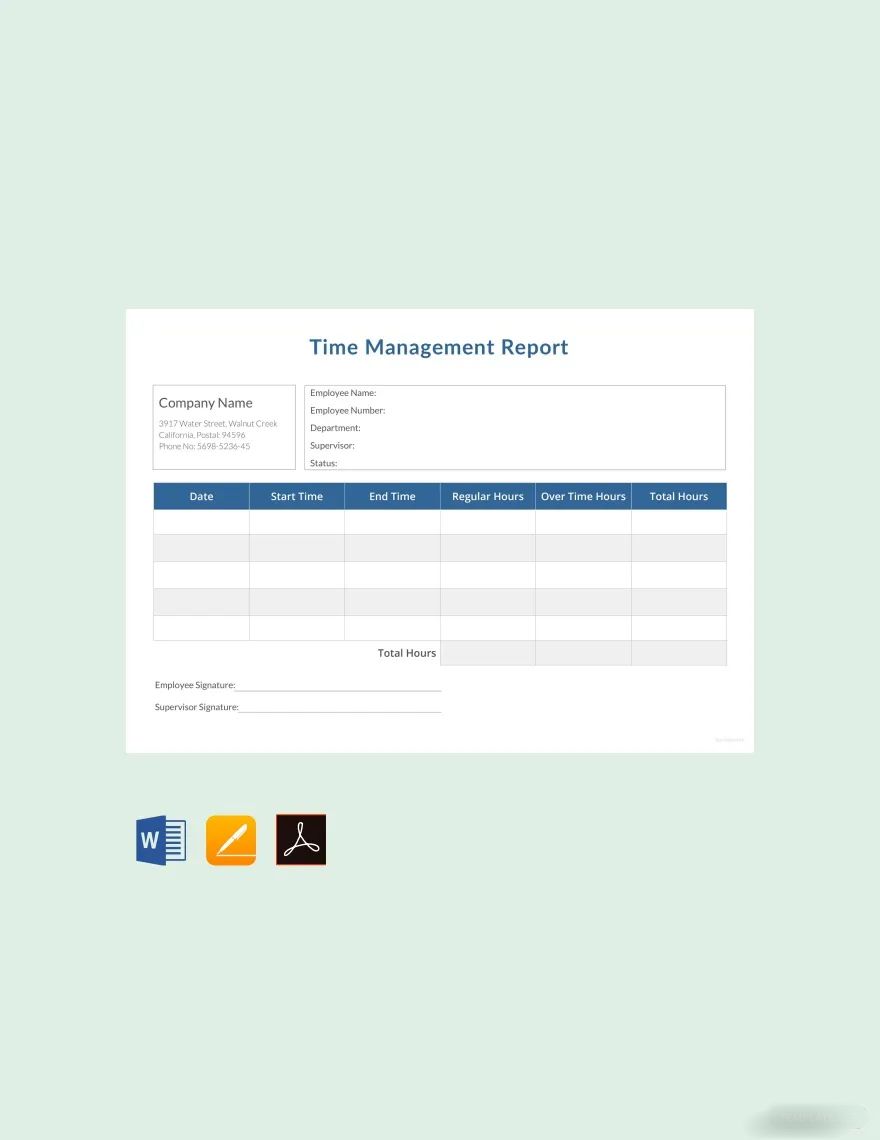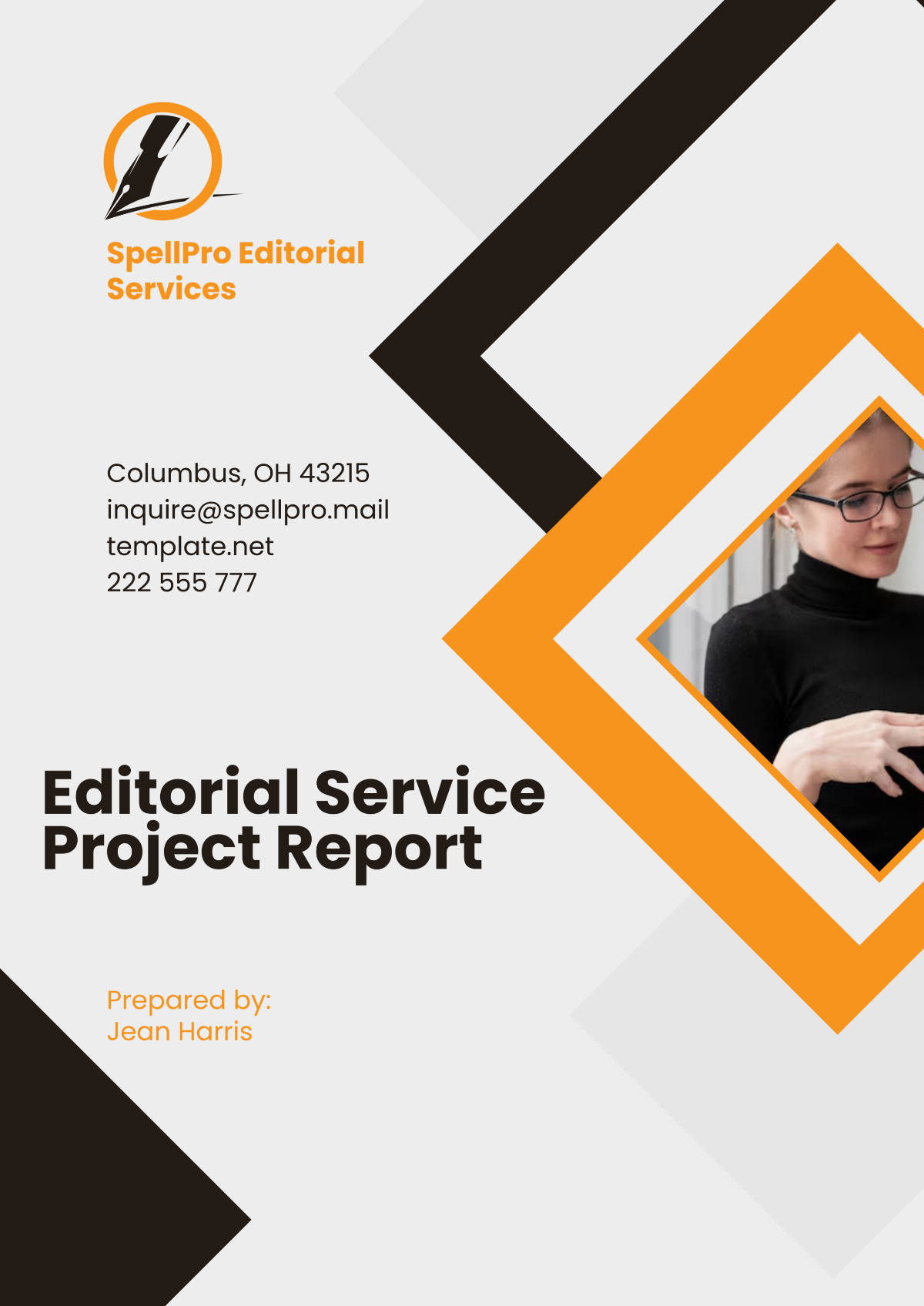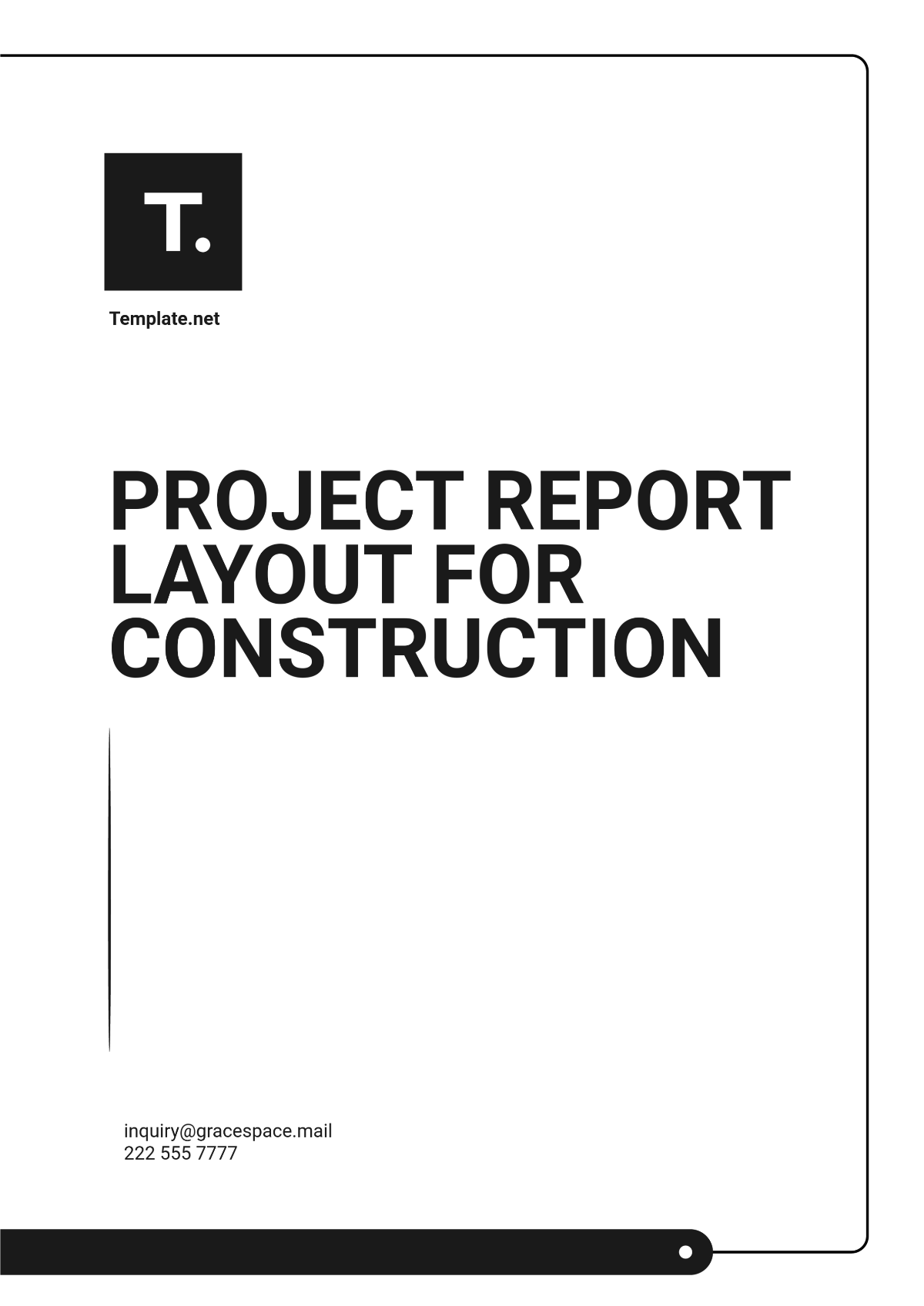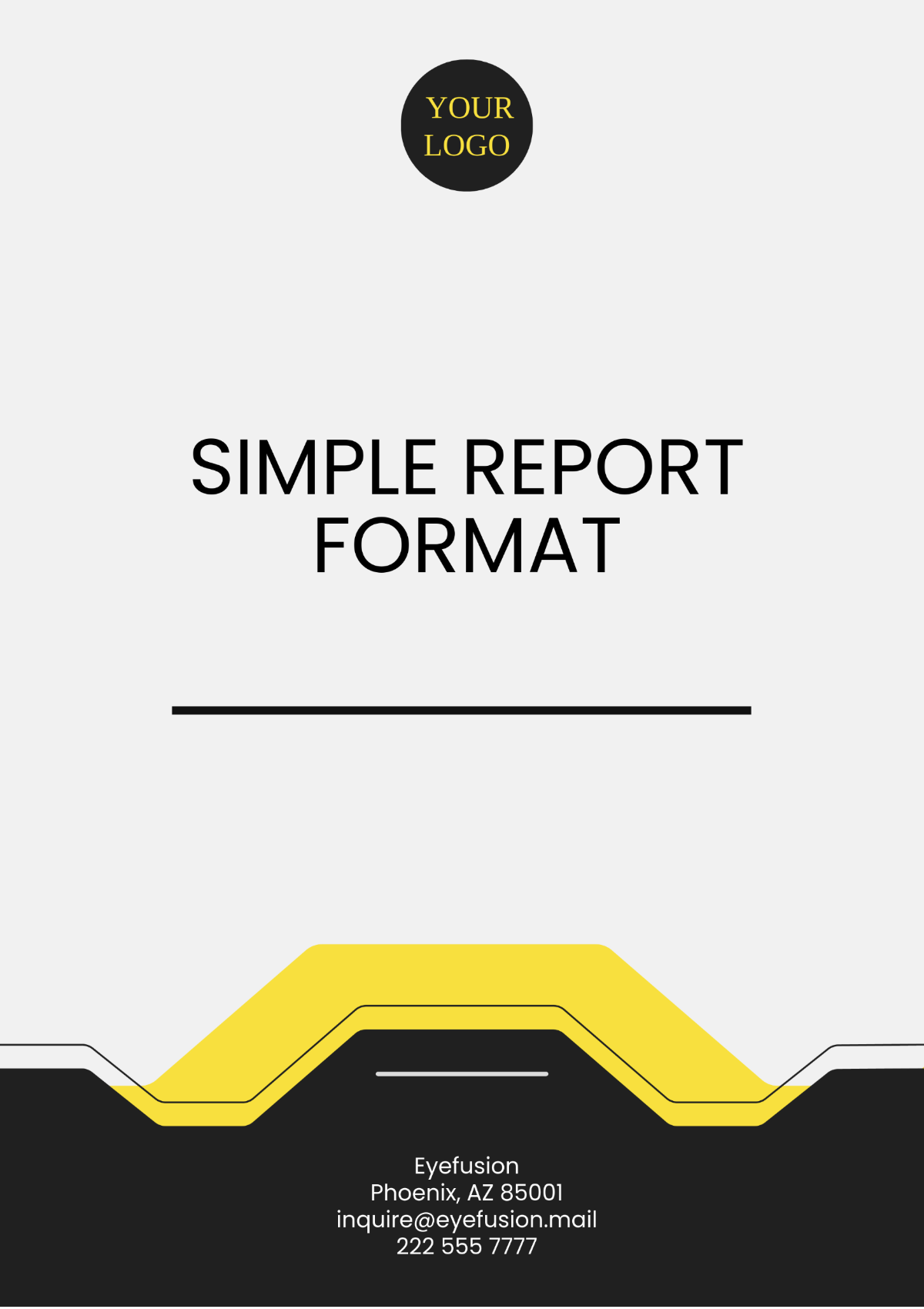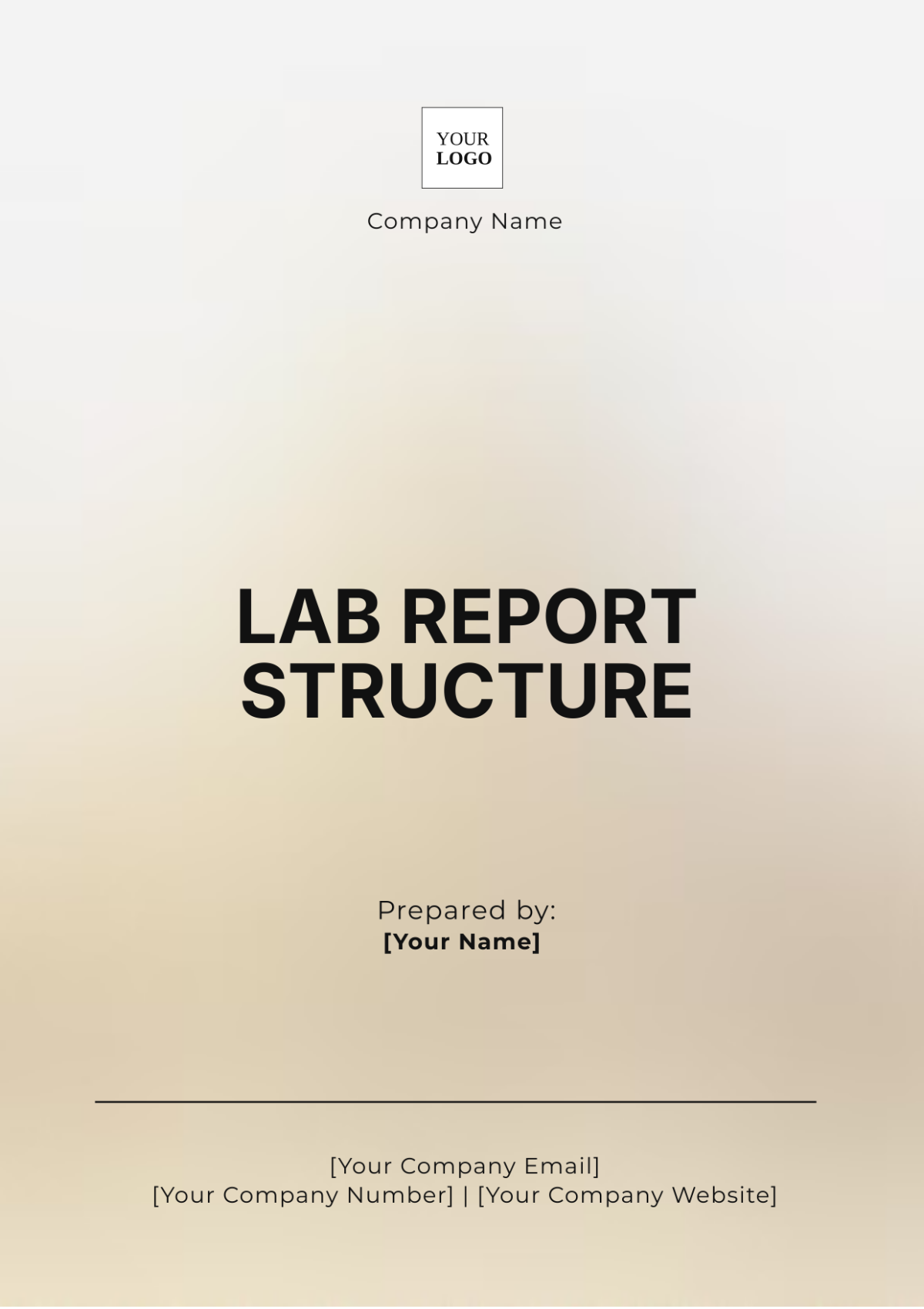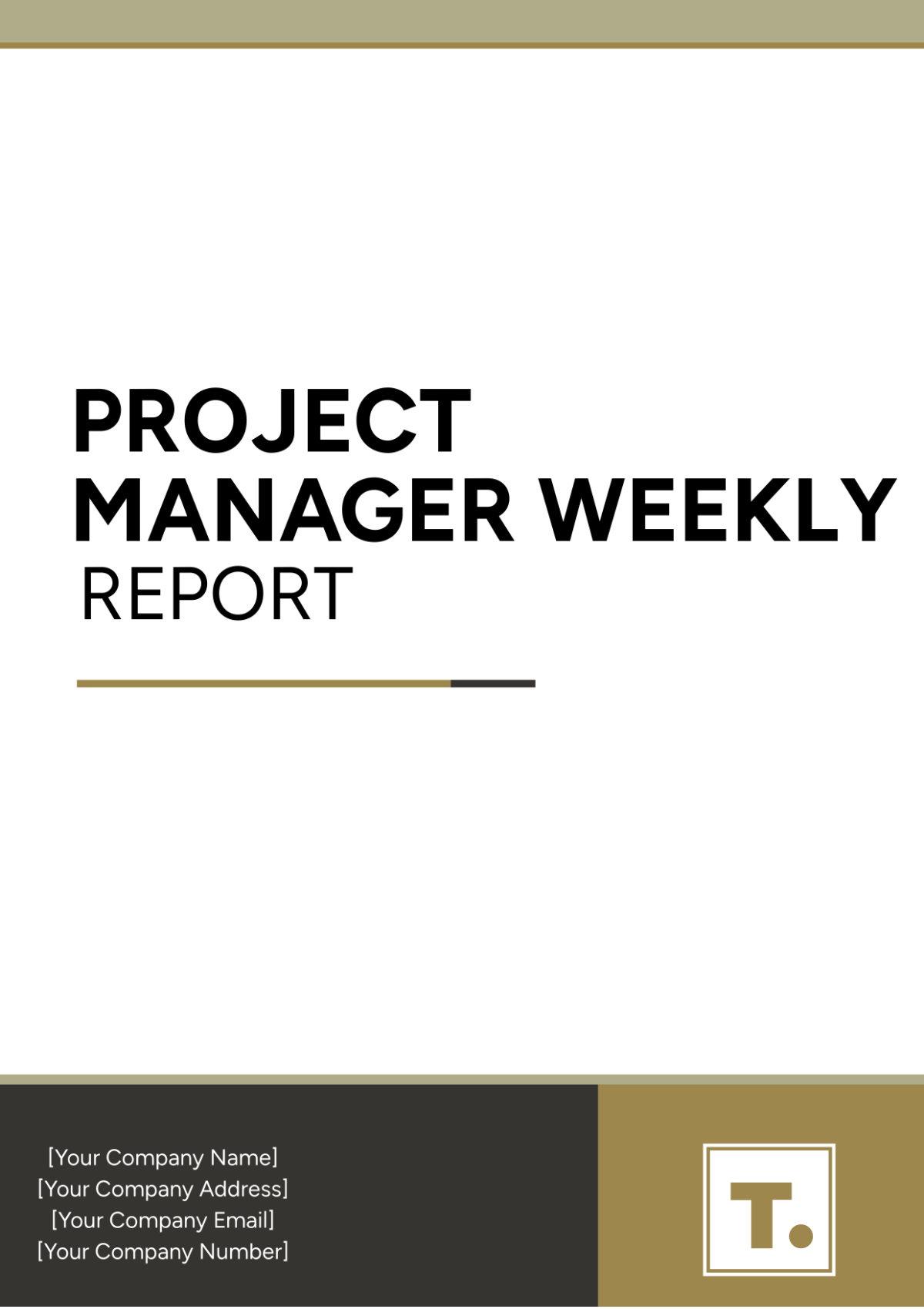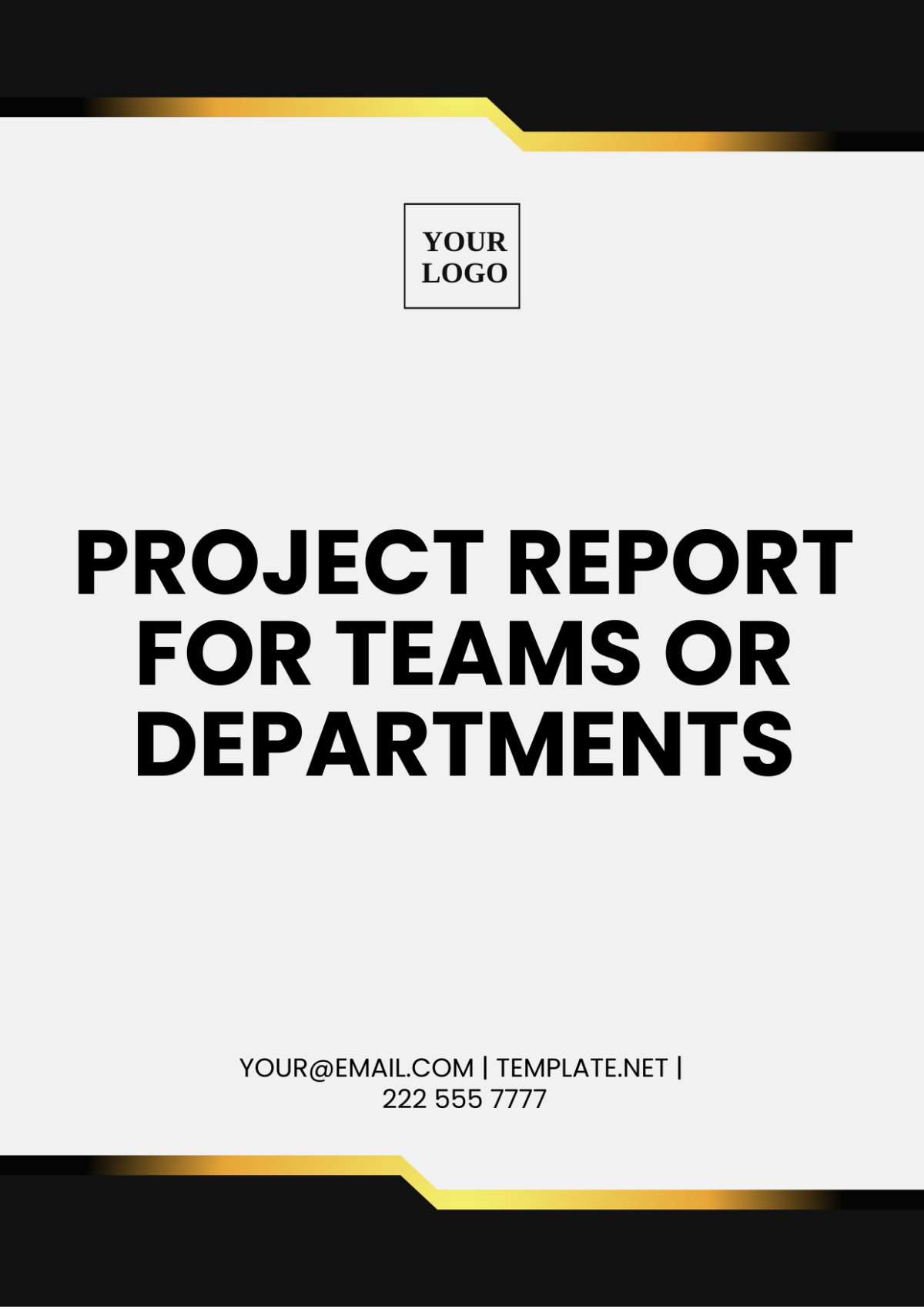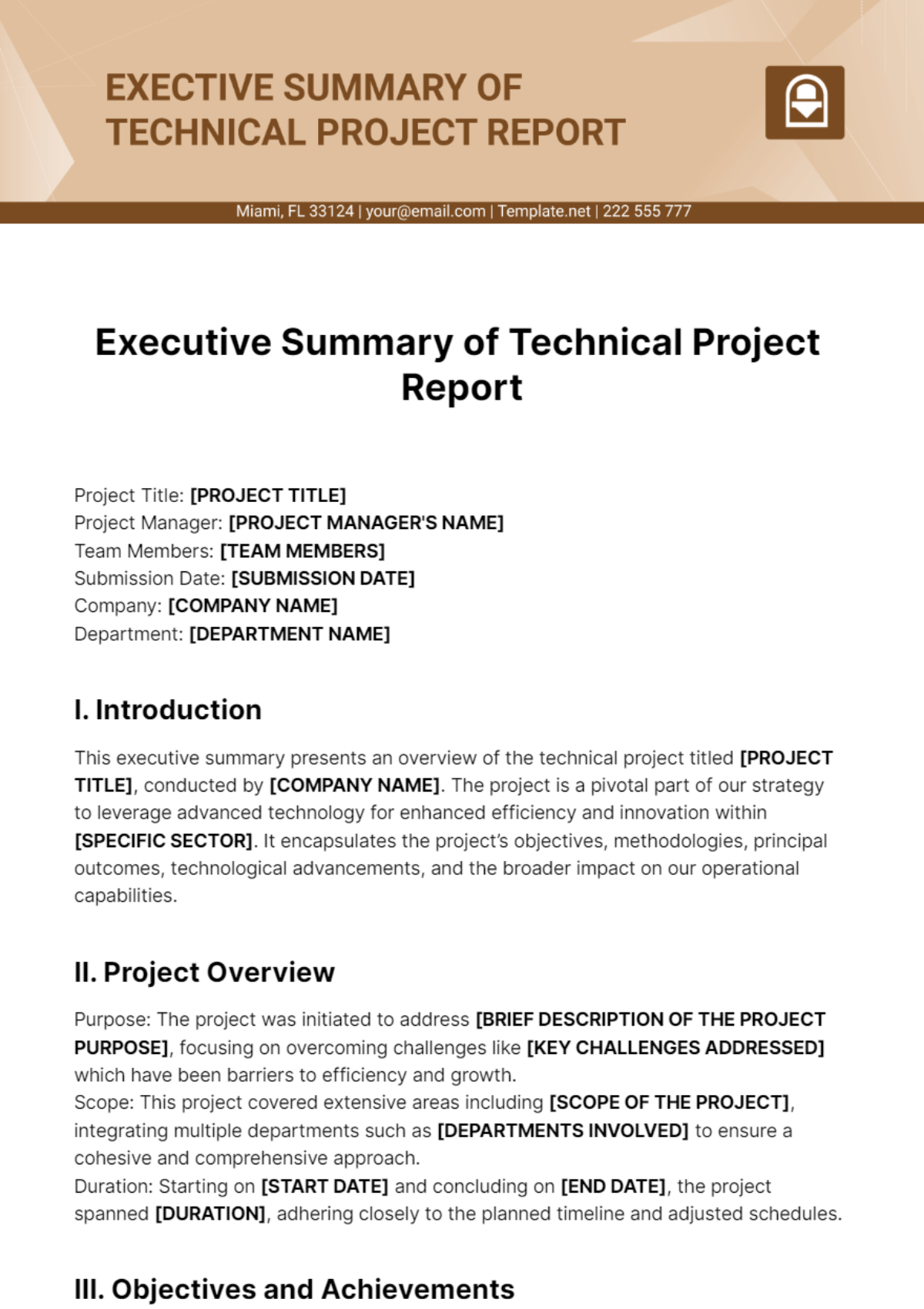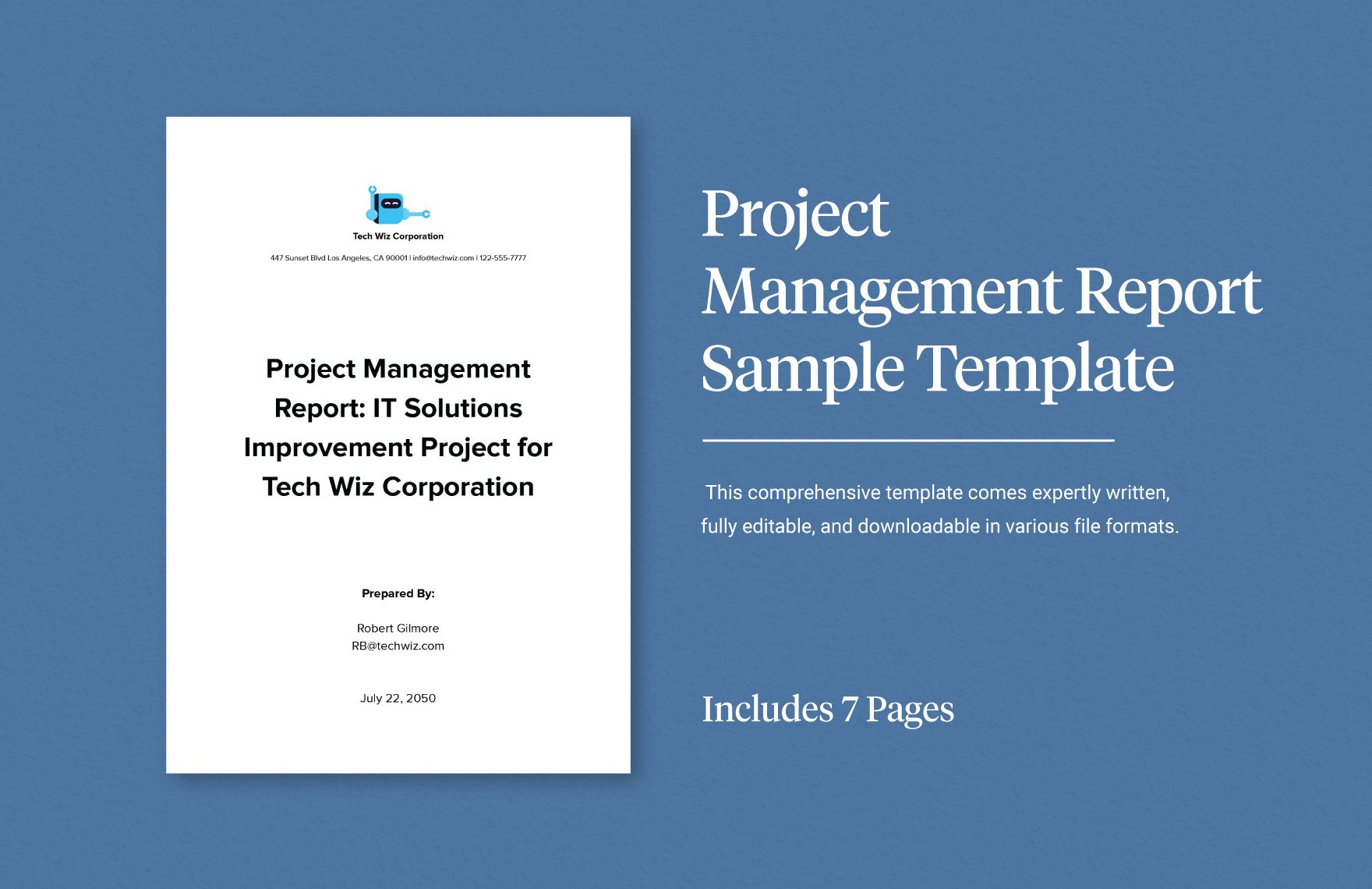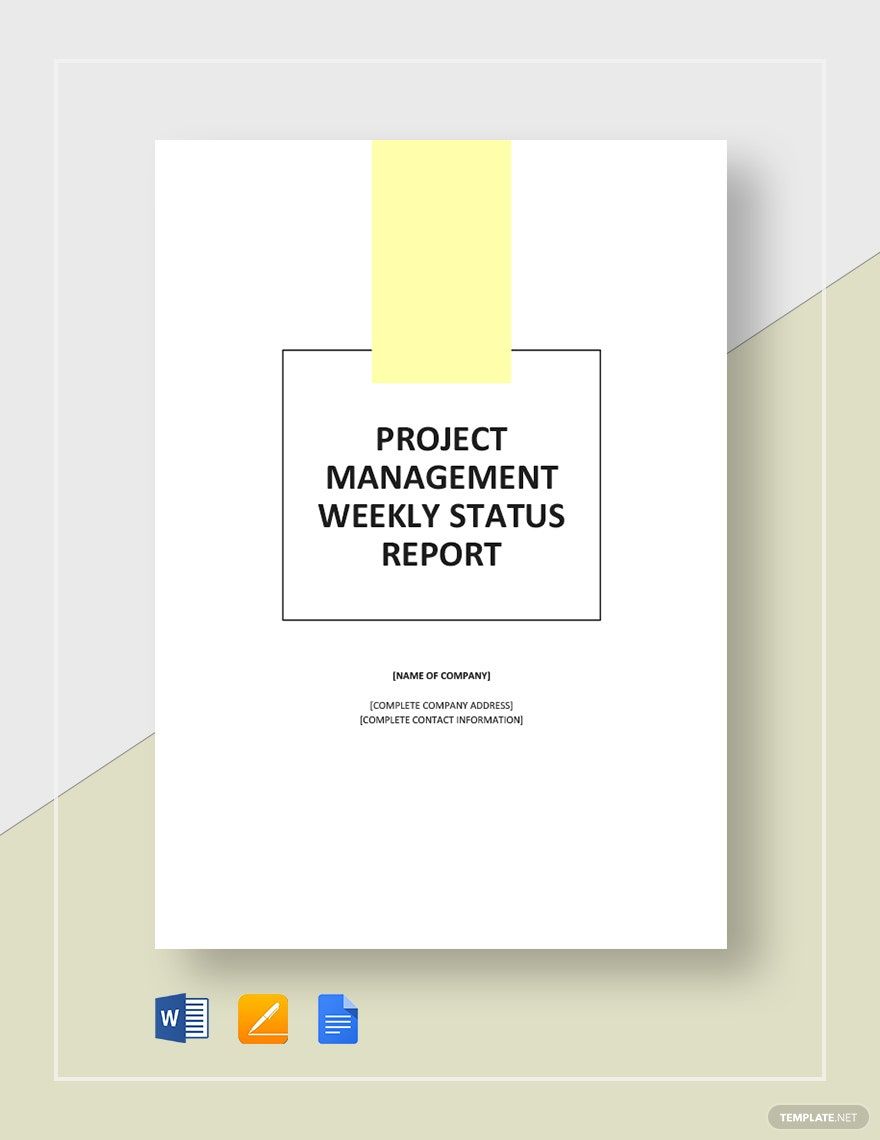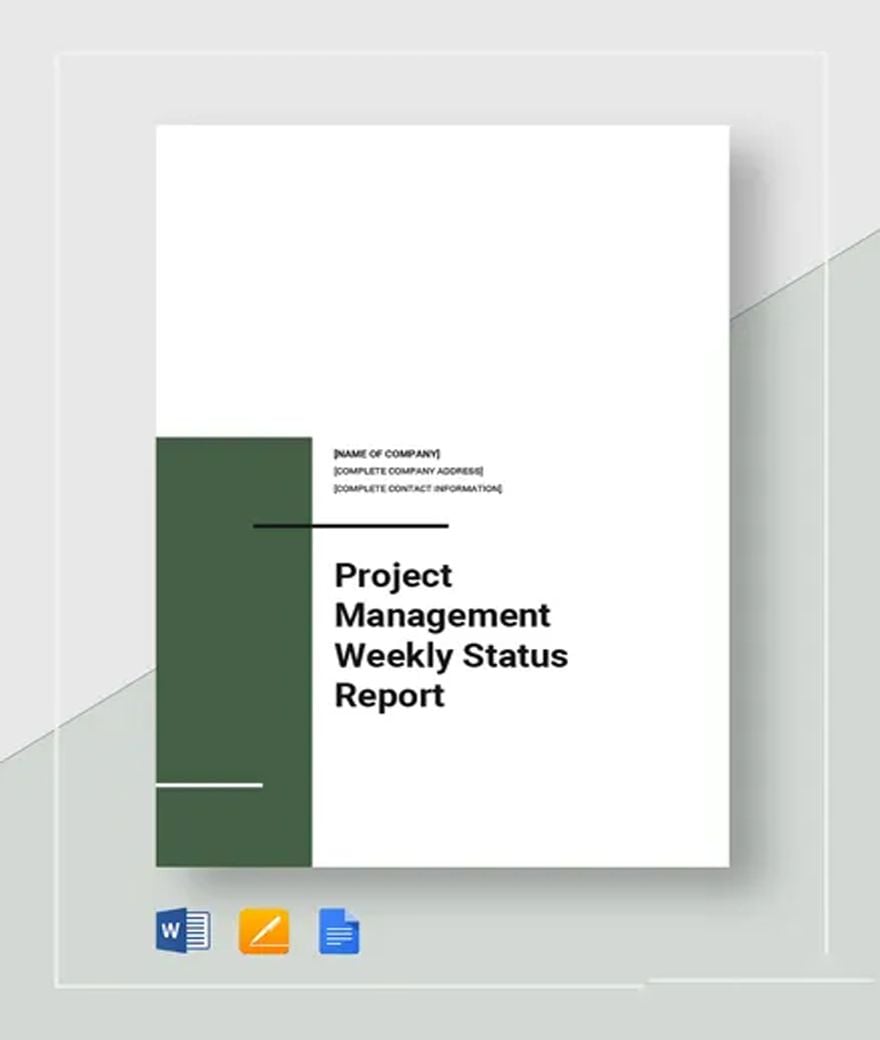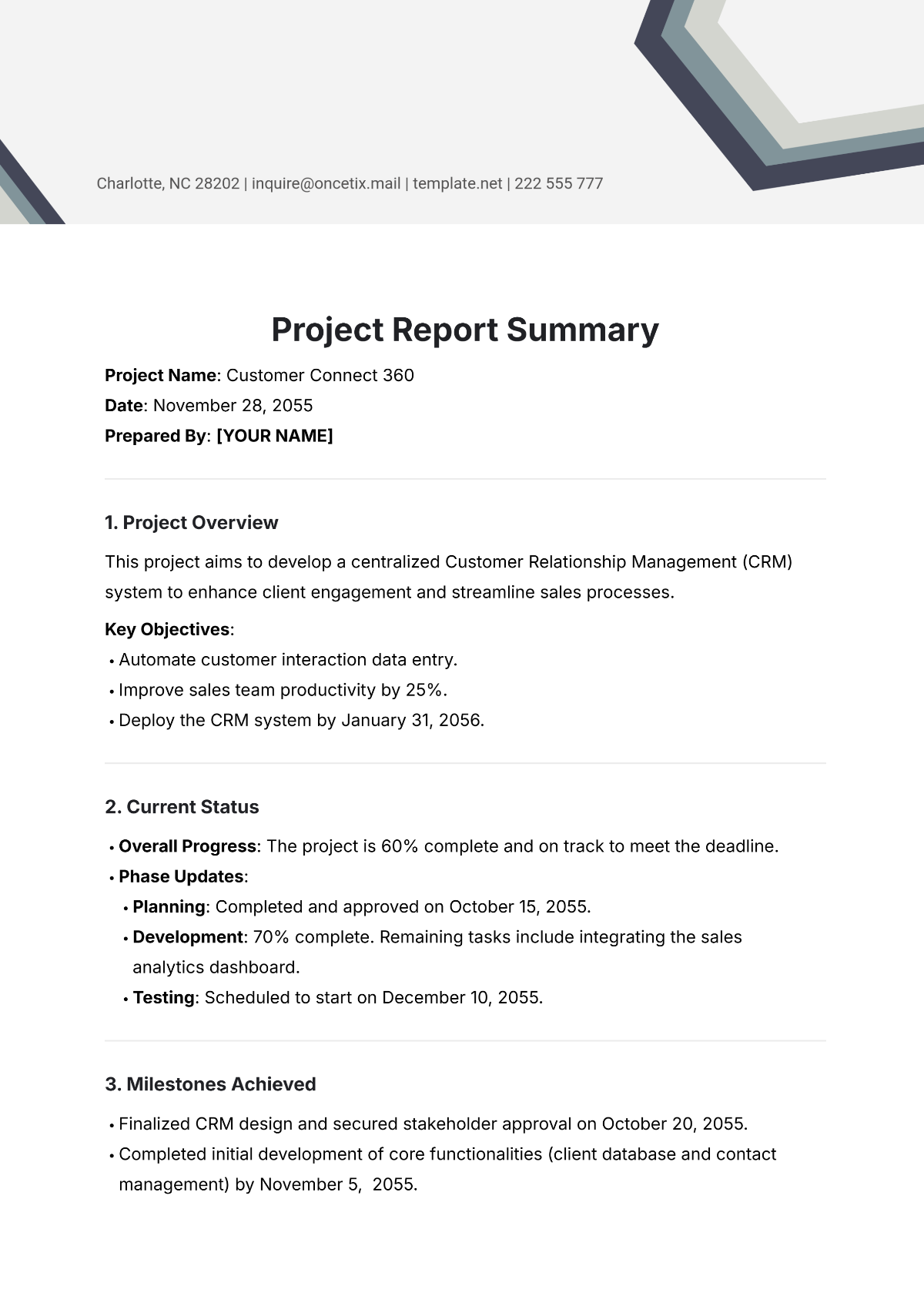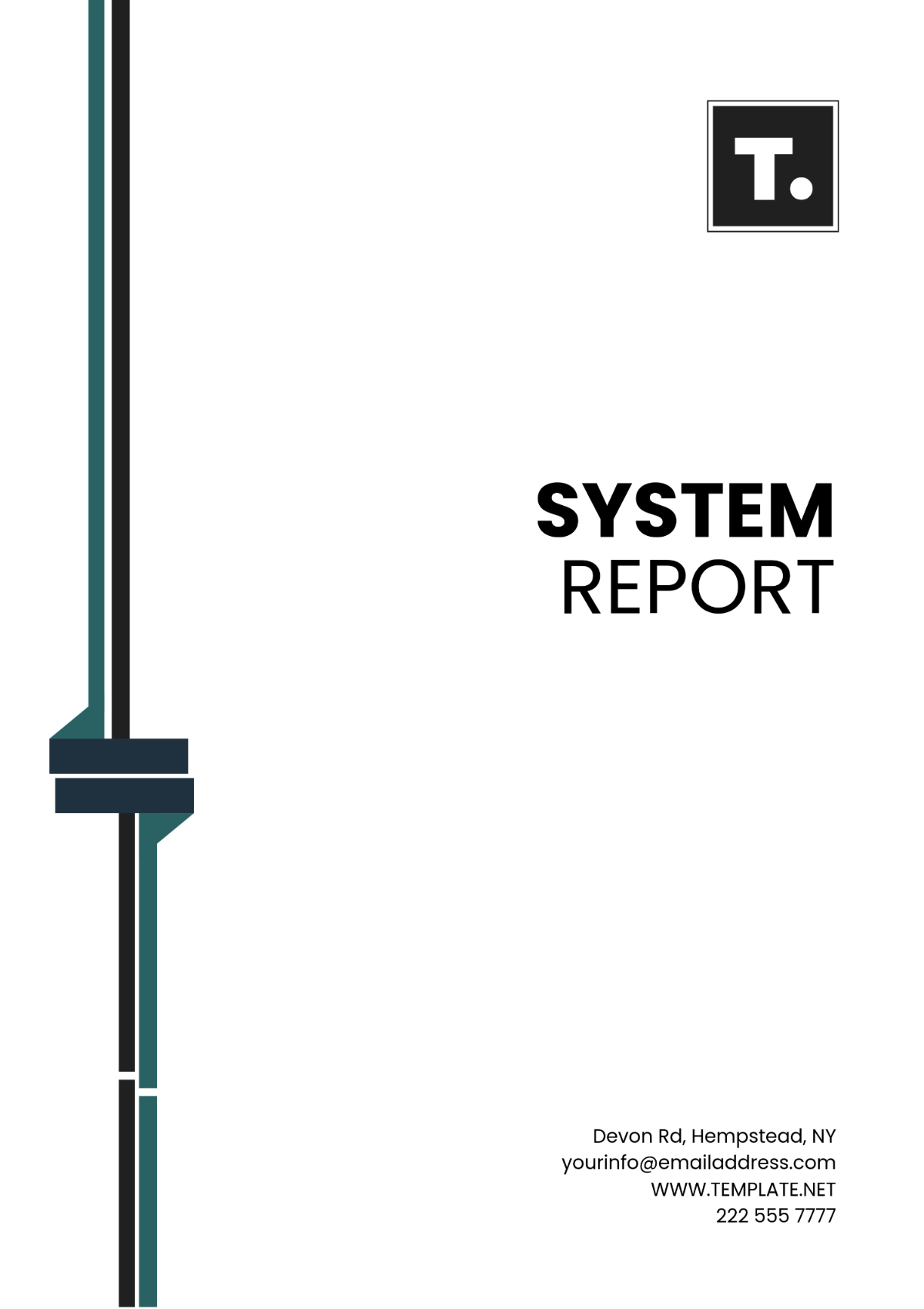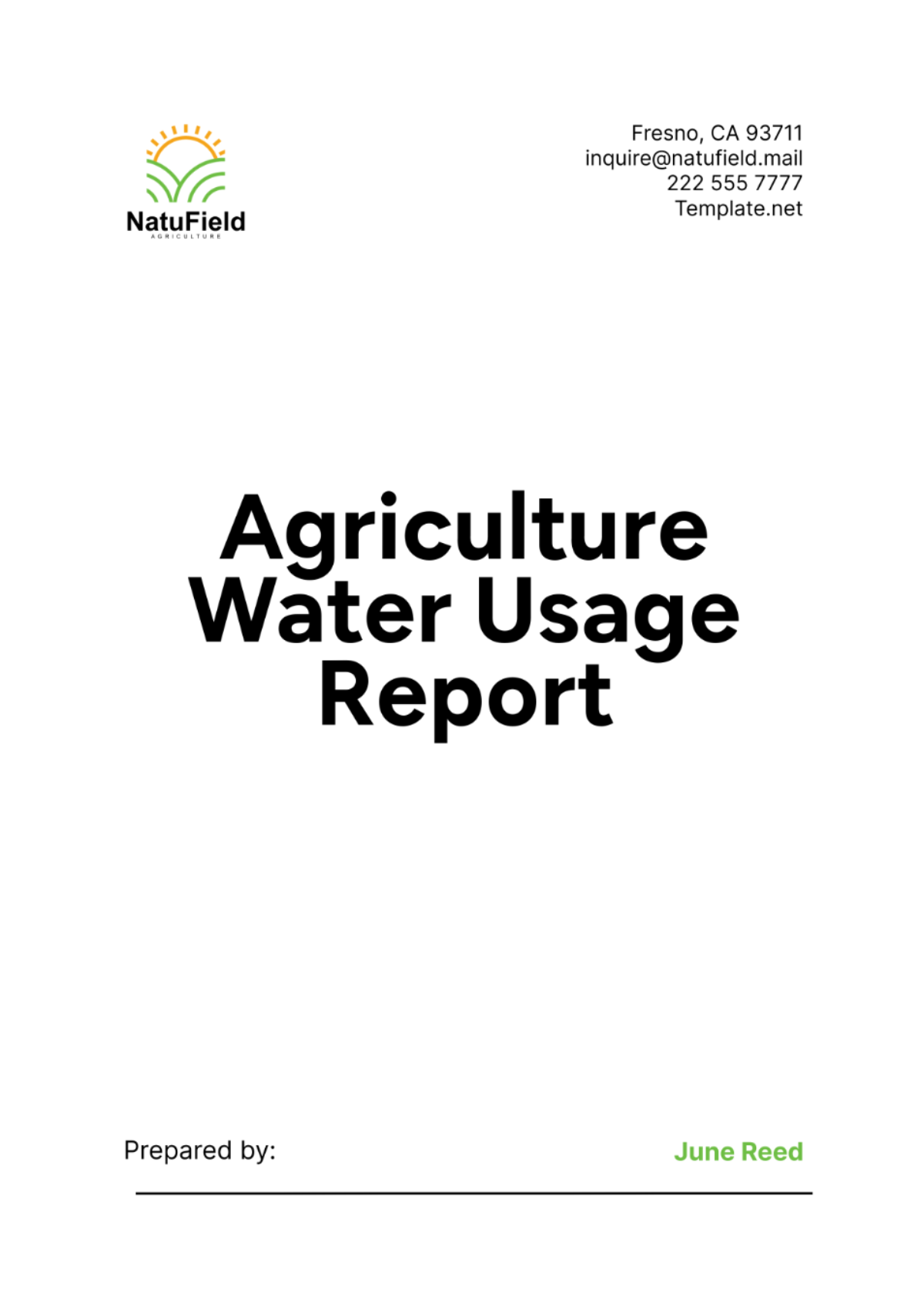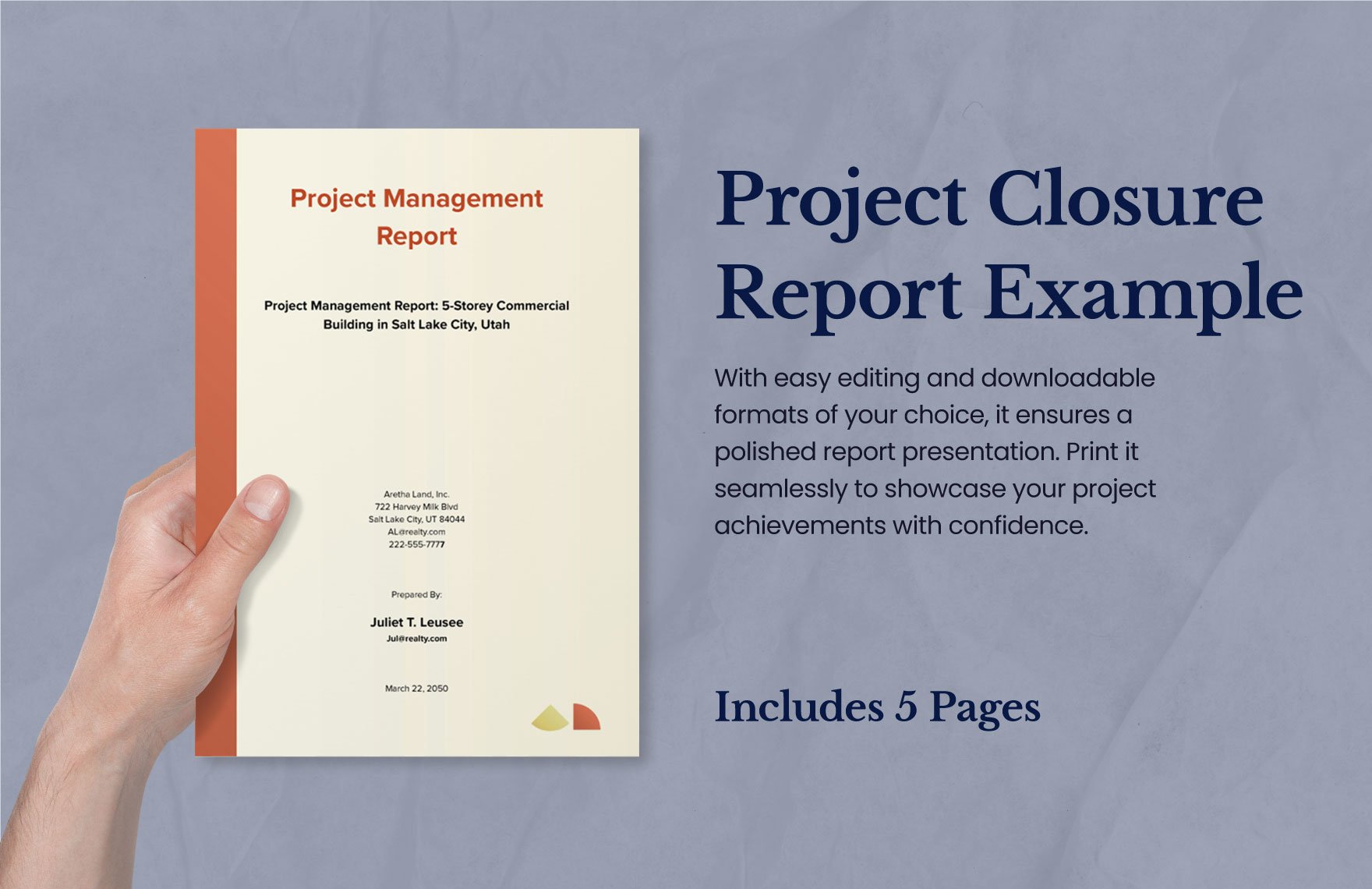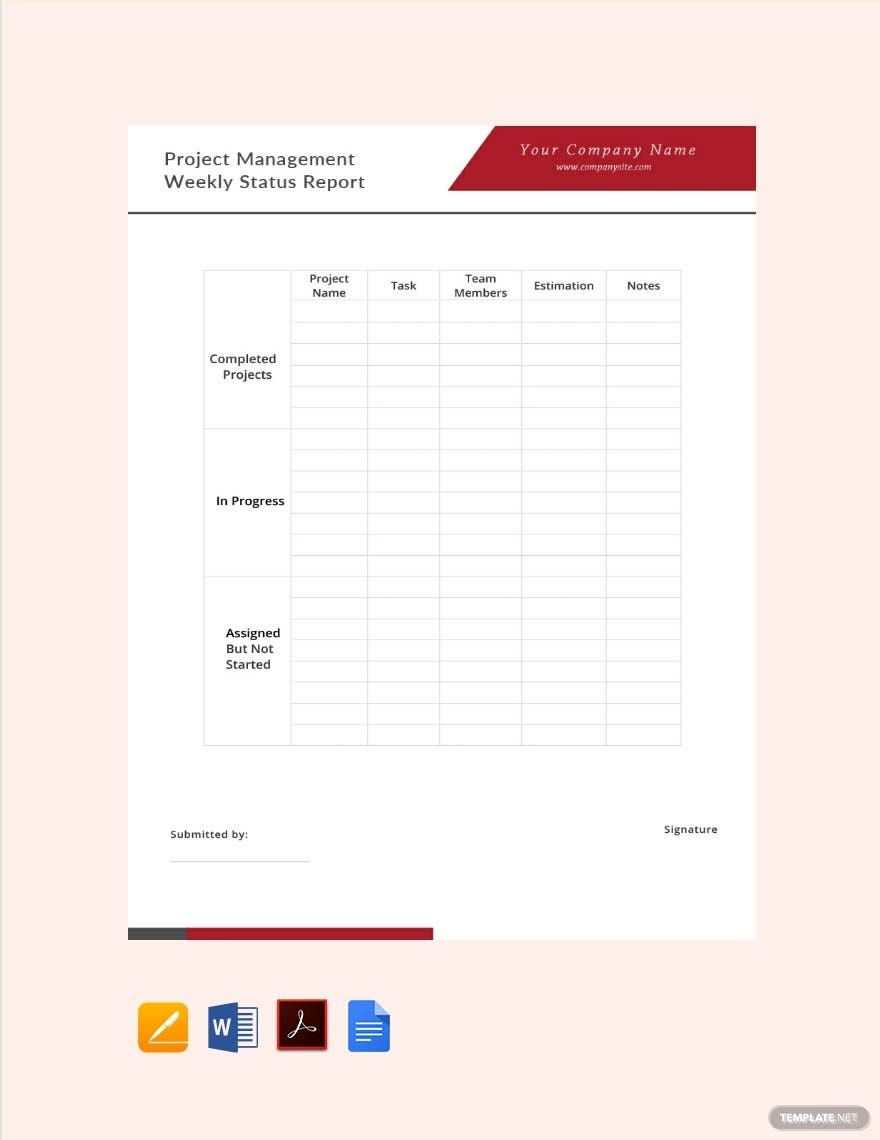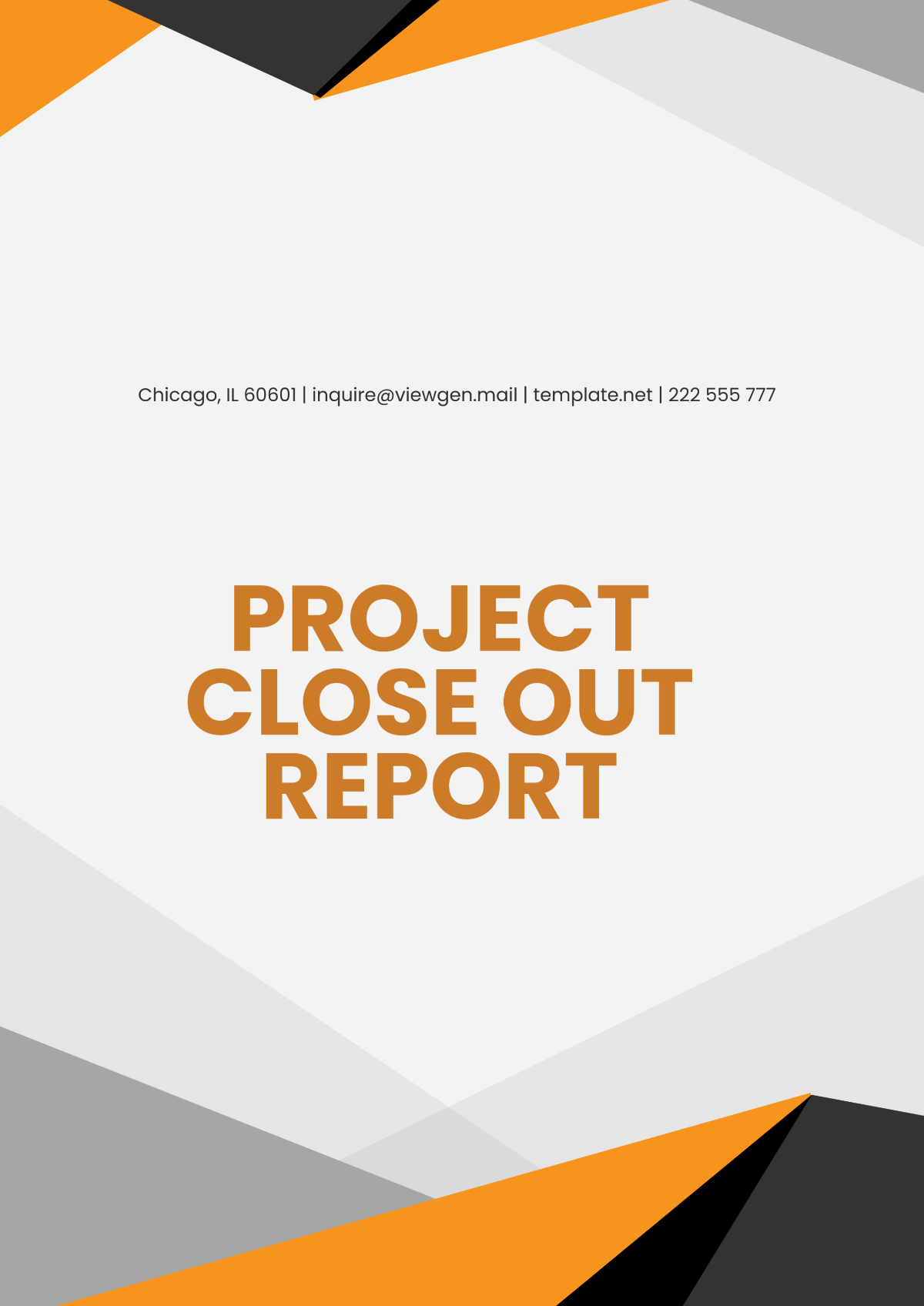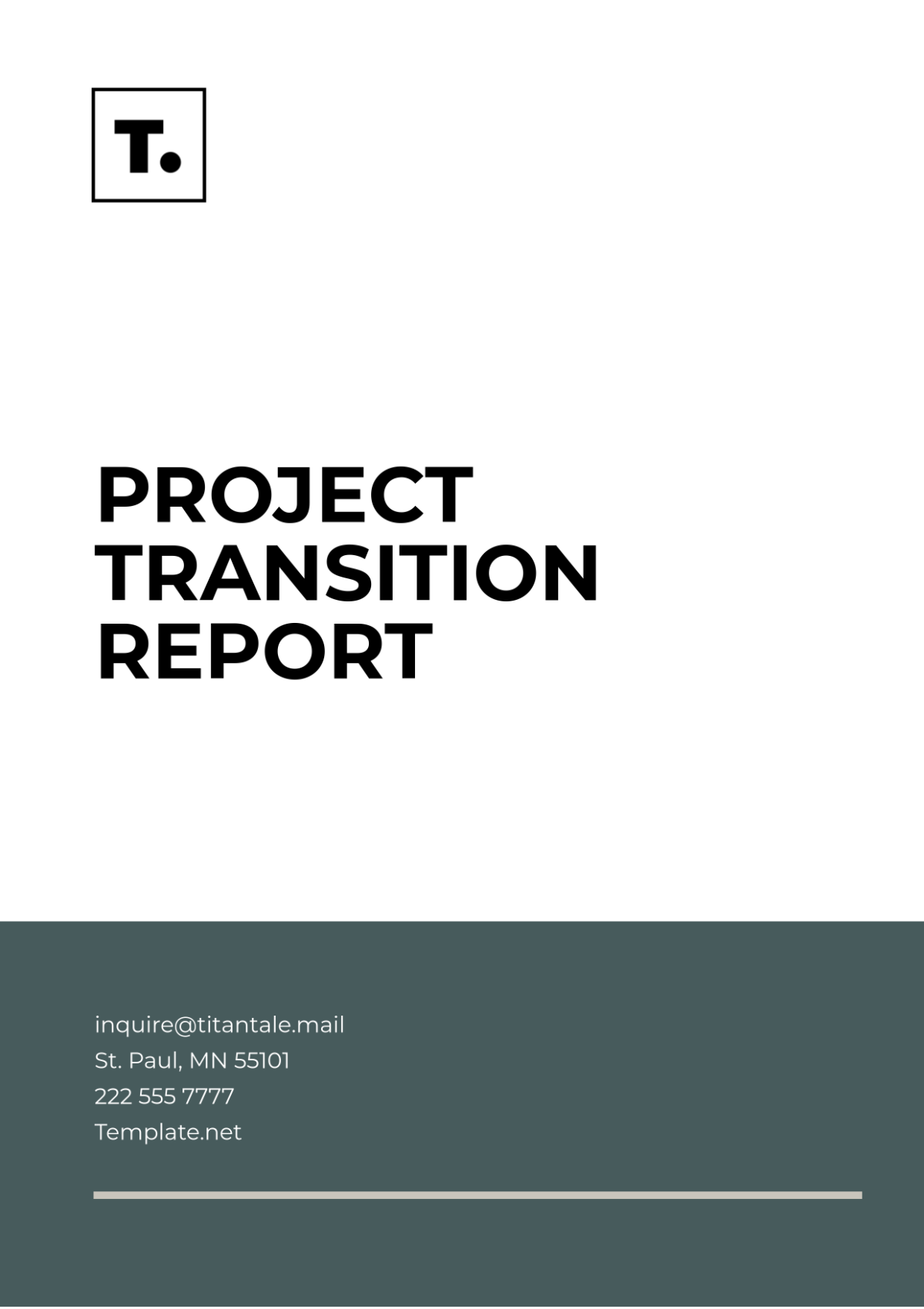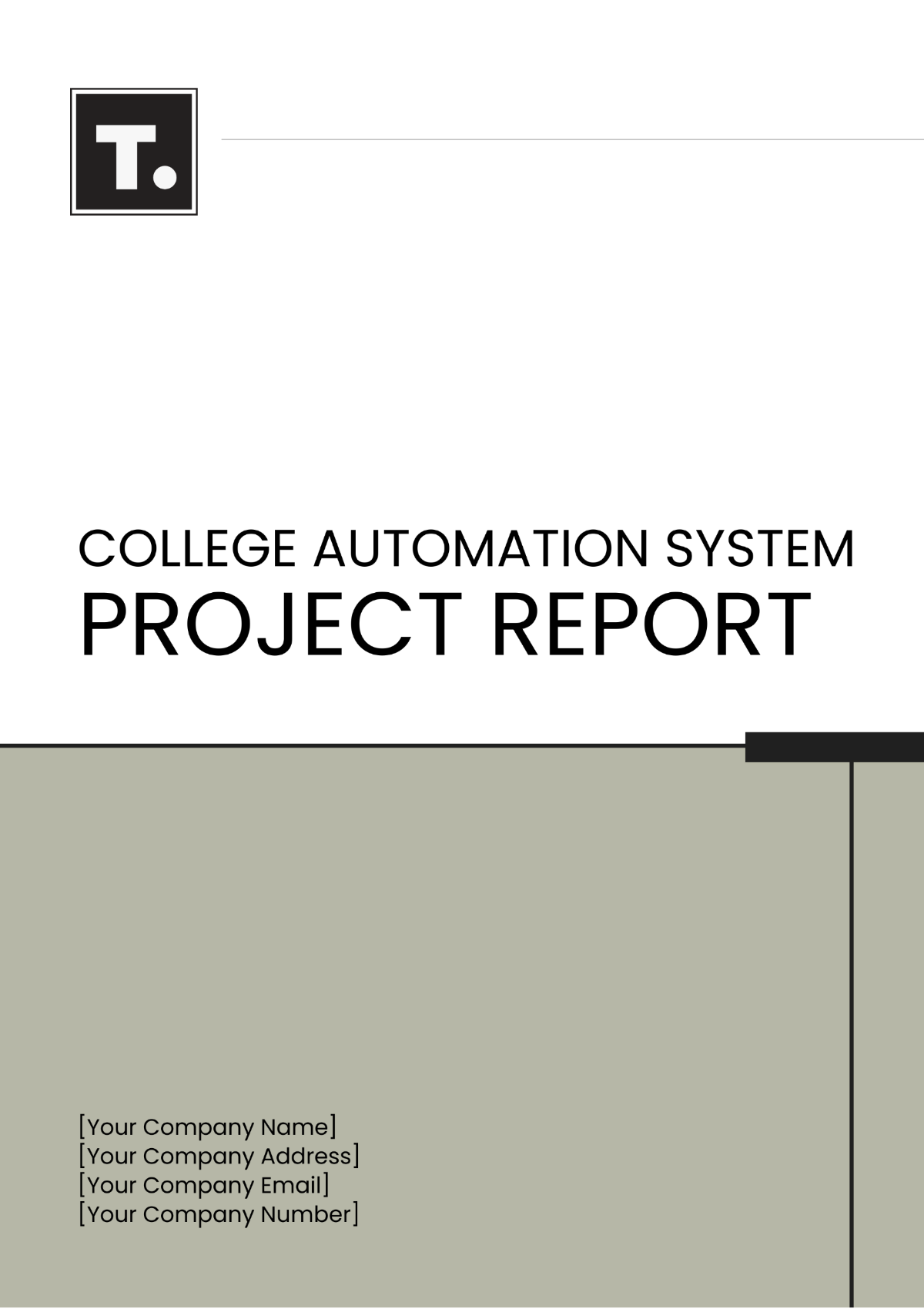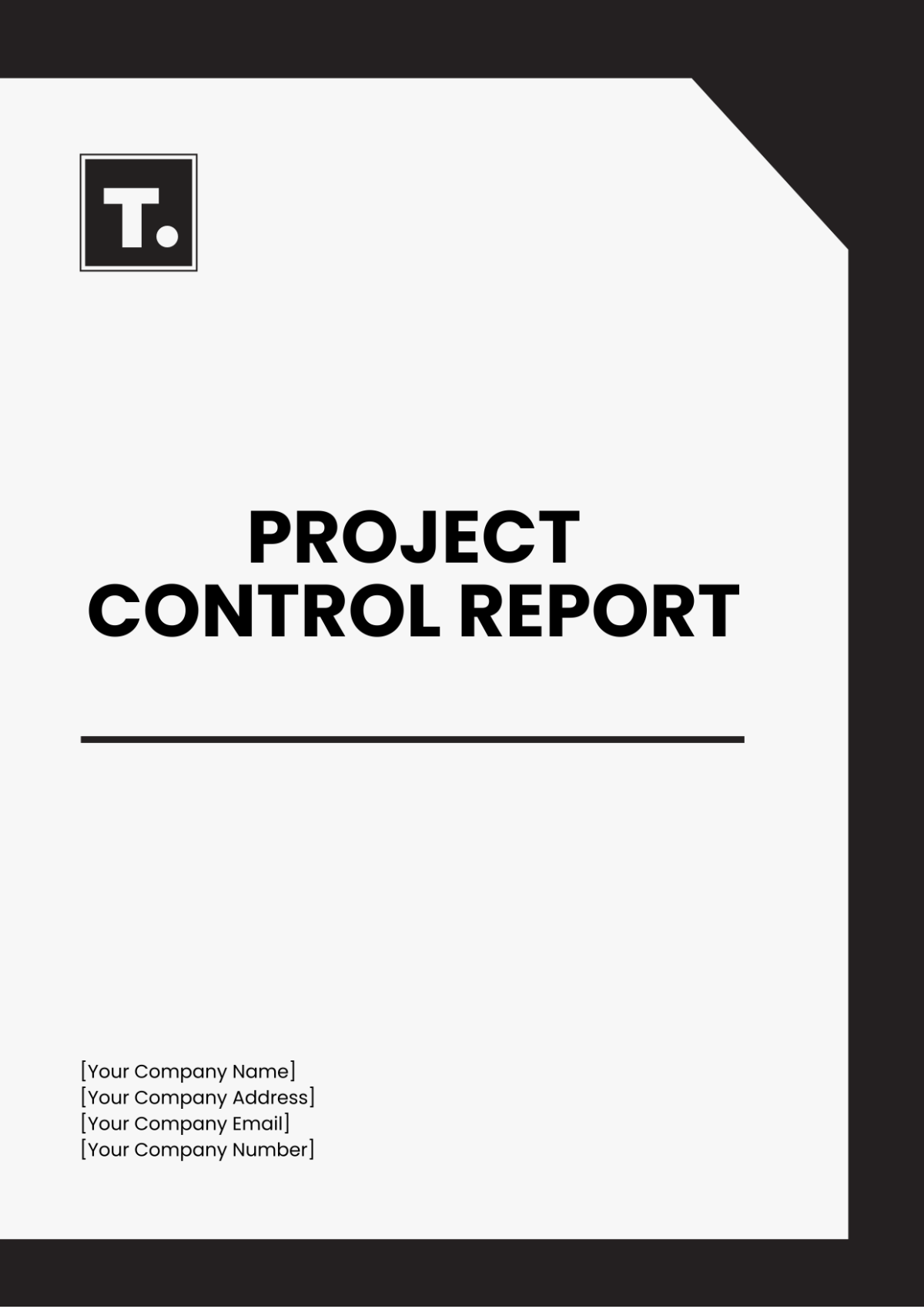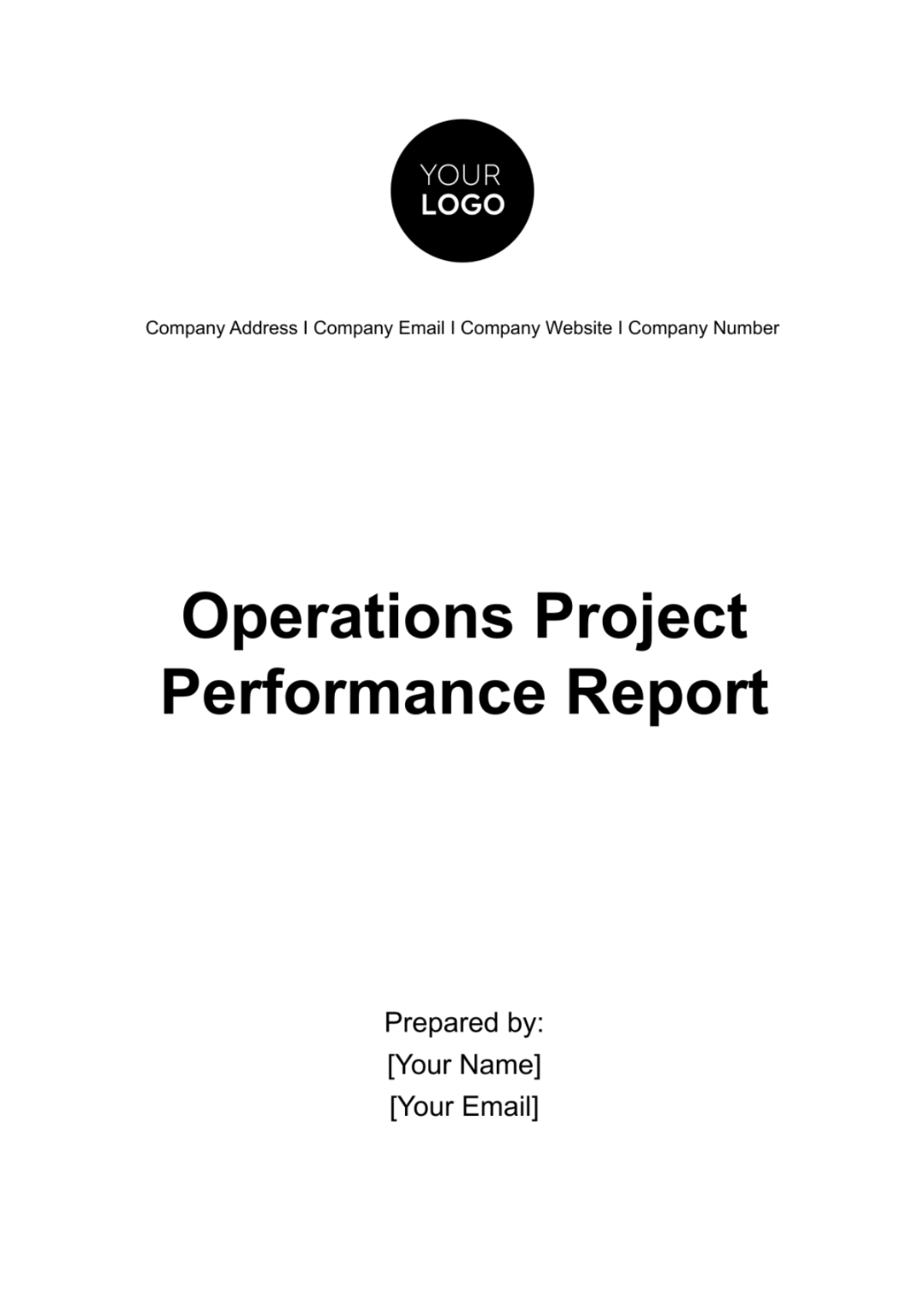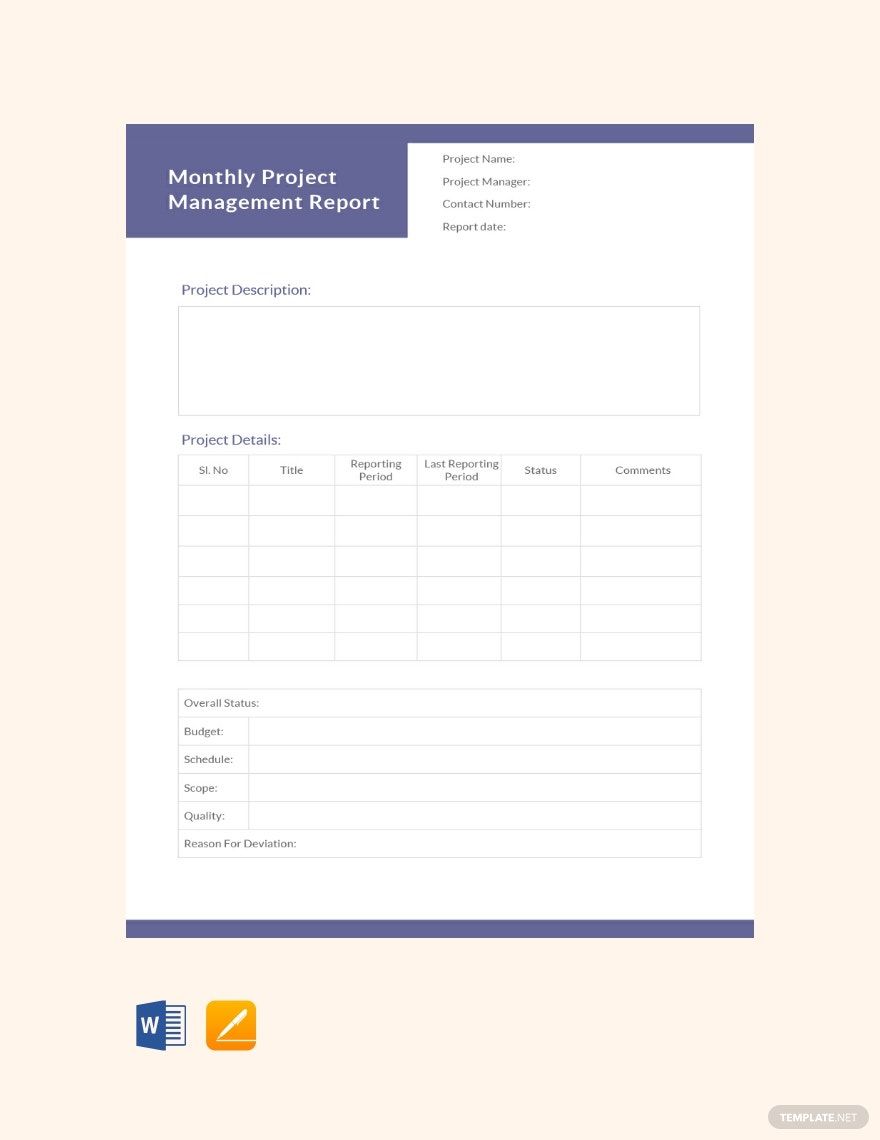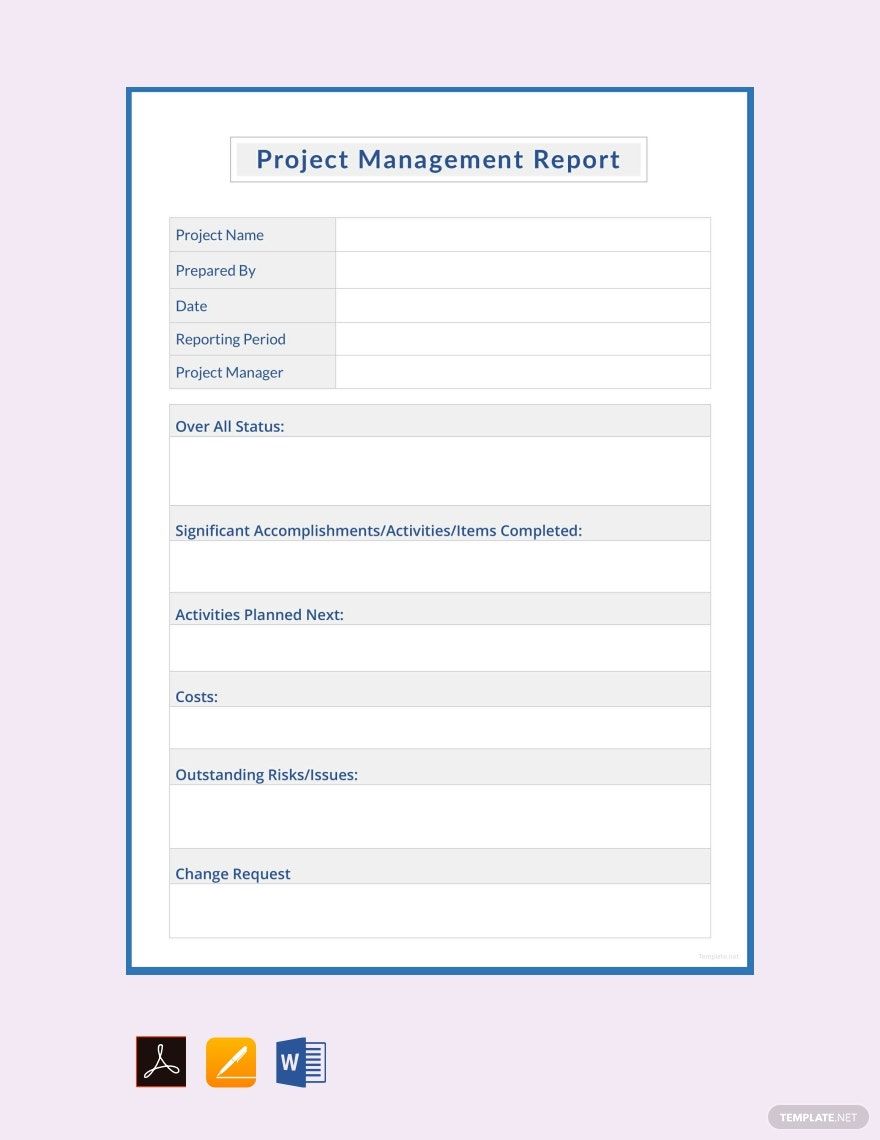Make your Project Management Reports Come to Life with Project Management Report Templates from Template.net
Keep your project management team engaged, improve efficiency, and streamline your reporting process with Project Management Report Templates from Template.net. Whether you need to present a quarterly review or plan your next big project, our templates provide the perfect solution tailored for both seasoned managers and new project coordinators alike. Easily customize them to include crucial information such as project timelines, milestones, and budget summaries. No advanced design or technical skills are required, ensuring your team can focus on what's most important. Benefit from professionally designed templates that are ready for both print and digital distribution, giving your projects the polished, professional presentation they deserve.
Discover the many report templates we have on hand to suit your project's every need. Simply choose a template, swap in your data, and tweak colors and fonts to match your organization's branding. For those who want to add a touch of creativity, drag-and-drop graphics, incorporate animated effects, or utilize AI-powered text tools to generate engaging content. The possibilities are endless, making it easy and fun to create professional-grade reports without any hassle. Our library is regularly updated with new designs, ensuring you always have access to the latest styles. Once you’re finished, download or share your report via link, email, print, or any other preferred method, making it ideal for multiple communication channels. Collaborate in real-time with your team and watch your projects transform with effortless finesse.
